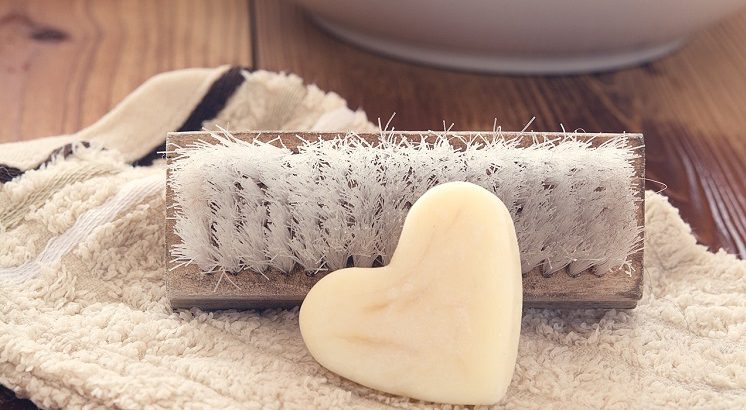Each month, we set the facts straight on a health and wellness myth.
This month’s myth: Hand sanitizer can replace hand washing
It seems as though no matter where you turn this time of year there is a person coughing or sneezing or worse—dealing with intestinal troubles.
Many use hand sanitizer to rid themselves of germs they may have picked up on their hands. But is that a replacement for good old soap and water? In a word: no.
Alcohol-based hand sanitizer that contains at least 60 percent alcohol kills many germs if used properly, and it is a good to use in a pinch when there’s no access to soap and water. But it doesn’t kill all germs, including the norovirus, often colloquially called the stomach bug, which causes vomiting and diarrhea, according to the Centers for Disease Control and Prevention (CDC).
To use hand sanitizer properly, the CDC recommends applying the product to the palm of one hand (be sure to read the label to learn the correct amount) and rubbing your hands together, ensuring the product is over all surfaces of your hands and fingers, until your hands are dry.
Washing with soap and water is the better alternative. The CDC advises individuals to wash their hands at key times, including:
- Before, during and after food preparation
- Before eating
- Before and after caring for someone who is sick
- After using the toilet, changing diapers, or cleaning up someone who has used the toilet
- After blowing your nose, coughing or sneezing
- After touching garbage
- After touching or feeding an animal or picking up its waste
To wash your hands properly, the CDC recommends wetting your hands with clean, running water (warm or cold), applying soap and lathering your hands, being sure to cover the backs of your hands, between your fingers and under your nails. Scrub your hands for 20 seconds (the amount of time it takes to sing “Happy Birthday” two times) and then rinse your hands under clean running water. Make sure to dry them with a clean towel. Don’t skip the drying process, as germs are more easily transferred to wet hands.
